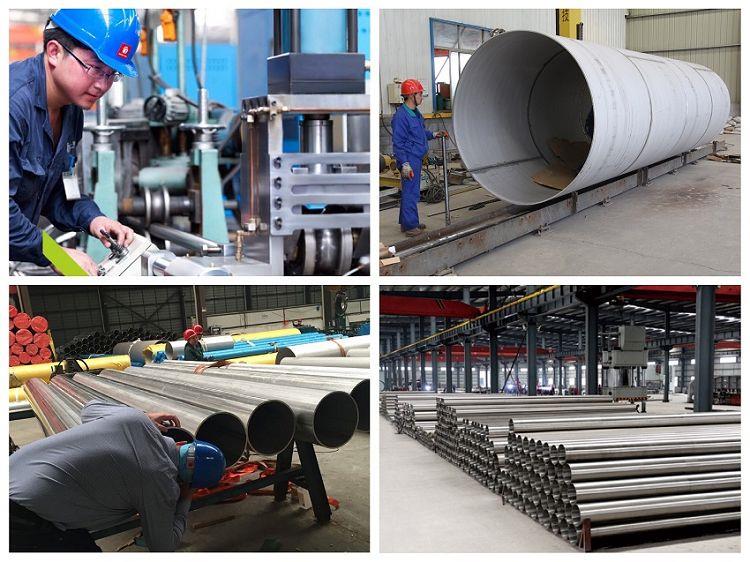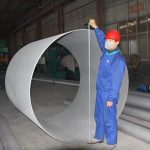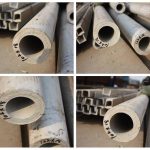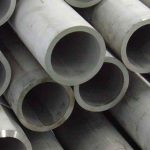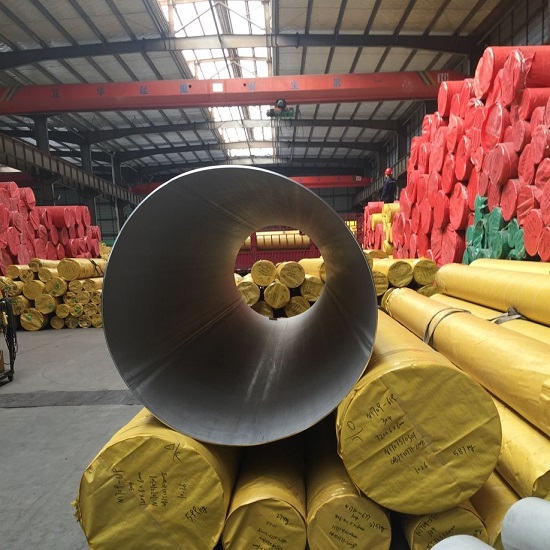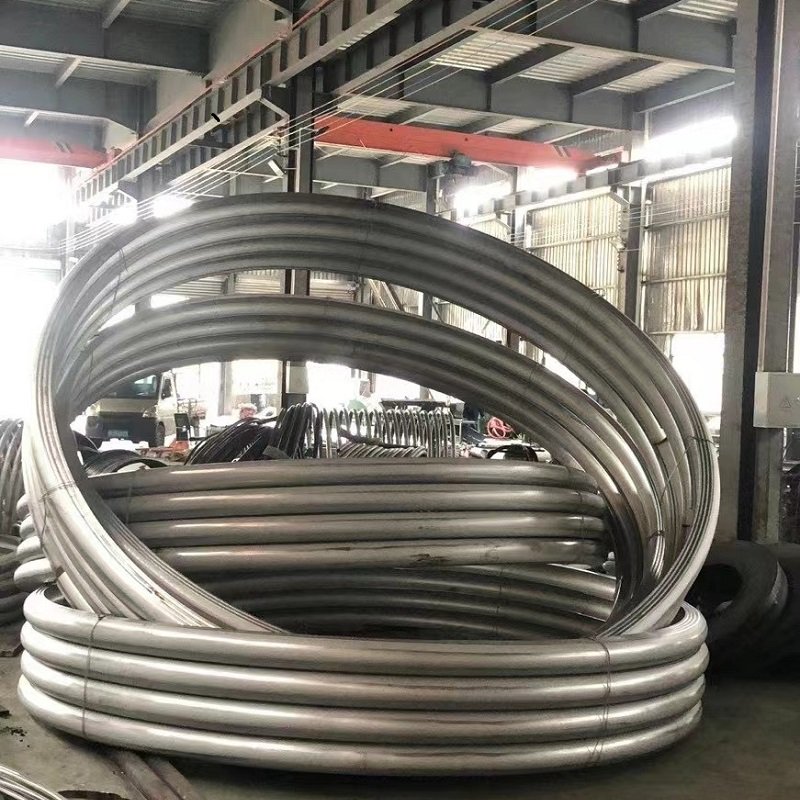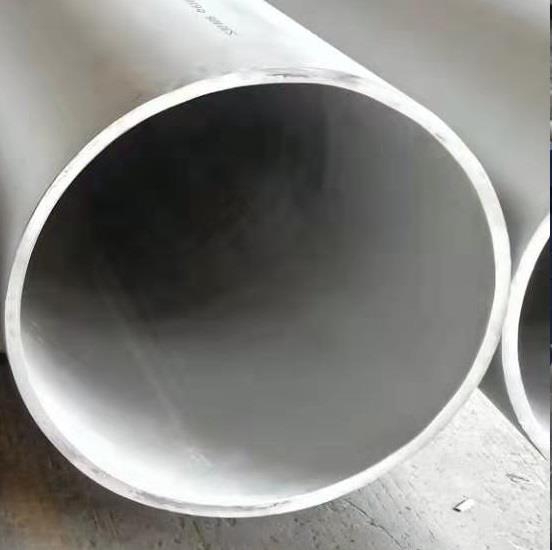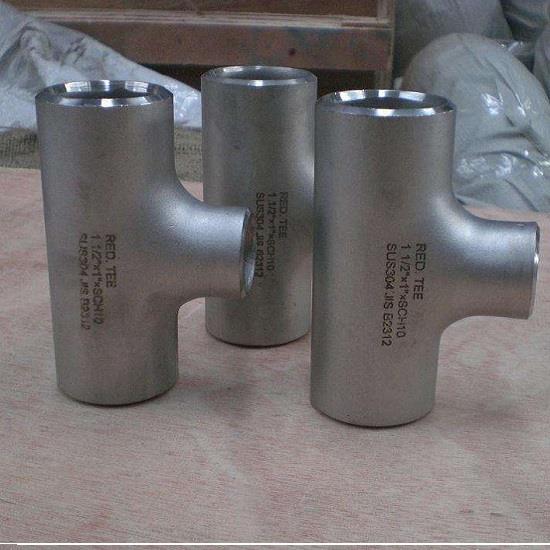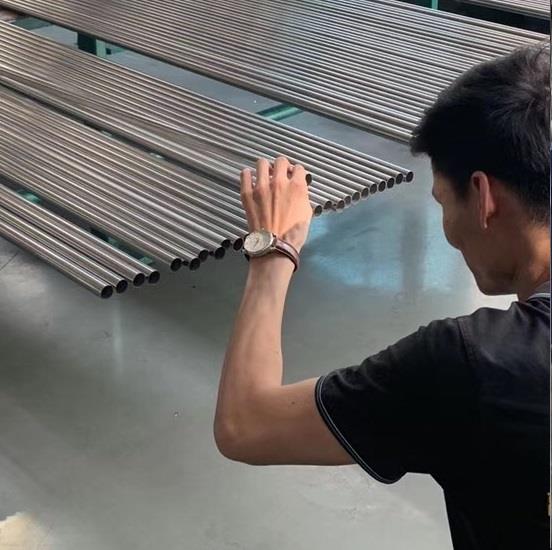TIG welding (Tungsten Inert Gas Welding), also known as non-melting inert gas tungsten protection welding. TIG welding is the most commonly used welding method whether it is manual welding or automatic welding of 0.5-4.0mm thick stainless steel. The method of adding filler wire with TIG welding is often used for the bottom welding of pressure vessels, because the air tightness of TIG welding can reduce the pores of the weld during pressure vessel welding. The heat source of TIG welding is a direct current arc, the working voltage is 10 to 95 volts, but the current can reach 600 amperes. The correct connection method of the welding machine is to connect the workpiece to the positive pole of the power supply, and the tungsten pole in the welding torch serves as the negative pole. The inert gas is generally argon.
The TIG welding method can weld a wide range of materials, including workpieces with a thickness of 0.6mm and above. The materials include alloy steel, aluminum, magnesium, copper and its alloys, gray cast iron, various bronzes, nickel, silver, titanium and lead . The main application area is welding thin and medium-thickness workpieces, which are used as root welds on thicker sections.
Advantage
1. The electrode loss is small, the arc length is easy to maintain, and there is no flux or coating layer during welding, so it is easy to realize mechanization and automation.
2. All-position welding can be carried out without being restricted by the position of the weldment.
3. Argon gas can effectively isolate the surrounding air. It is insoluble in metal and does not react with metal. The arc can also automatically remove the oxide film on the surface of the workpiece during TIG welding. Therefore, it is possible to successfully weld non-ferrous metals, stainless steel and various alloys that are easy to oxidize, nitrided, and have strong chemical activity.
4. The tungsten arc is stable, and it can burn stably even at a small welding current (<10A). It is especially suitable for welding thin plates and ultra-thin plate materials.
5. The heat source and the filler wire can be controlled separately, so the heat input is easy to adjust, and it can be welded in various positions. It is also an ideal method to realize single-sided welding and double-sided forming.
Disadvantage
The melting depth is shallow, the welding speed is small, the production efficiency is low, and the production cost is high.

